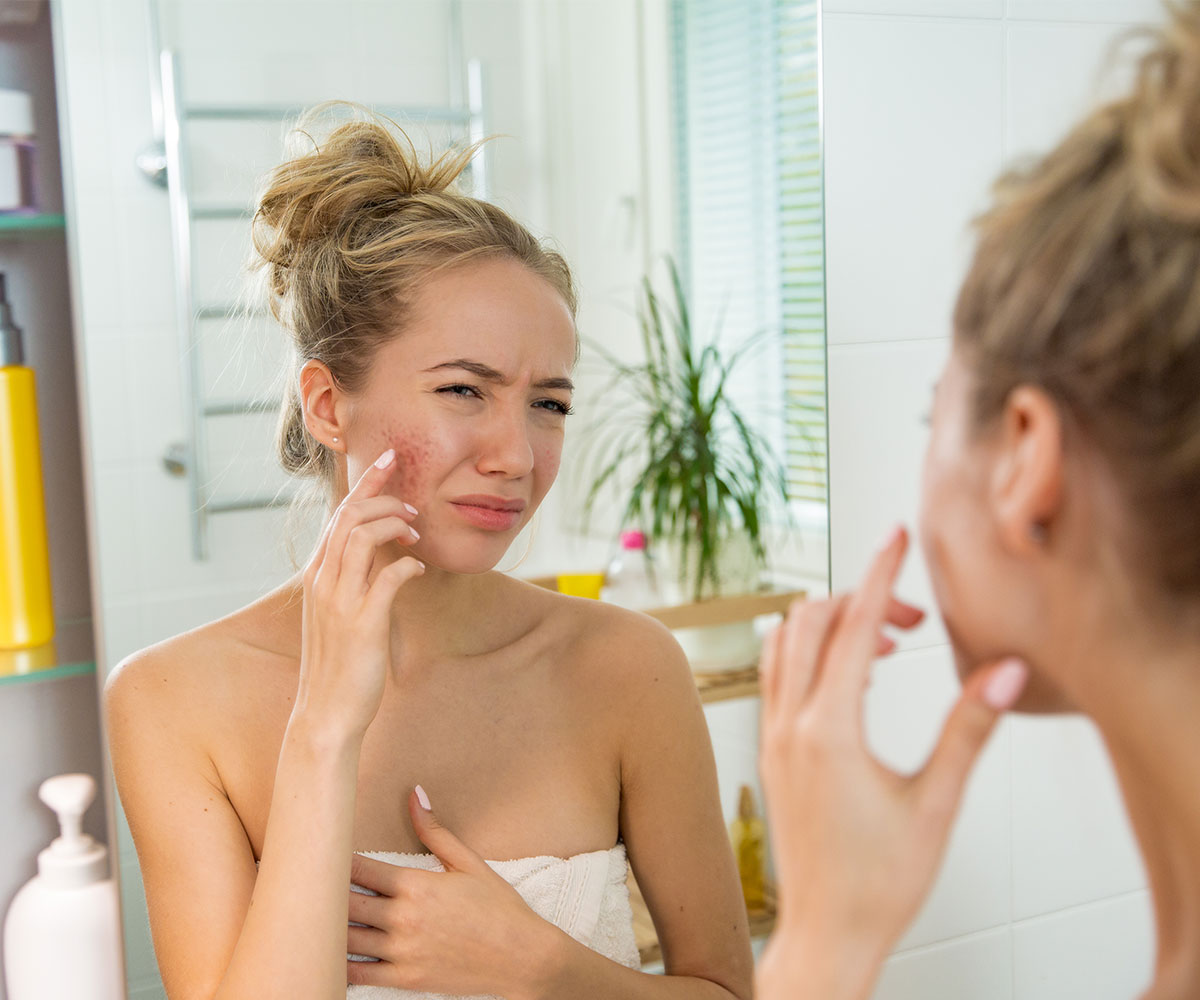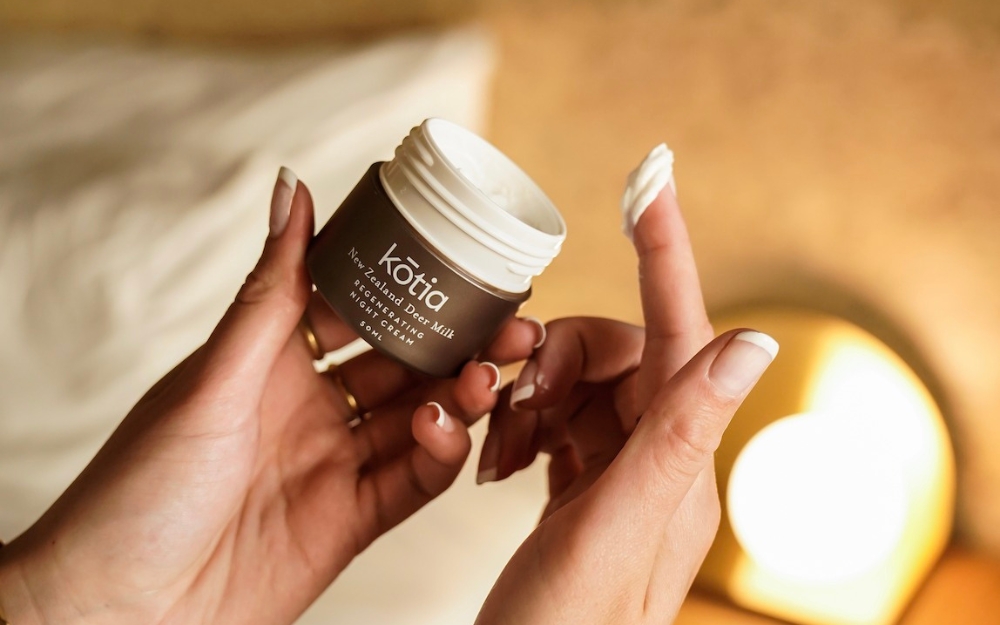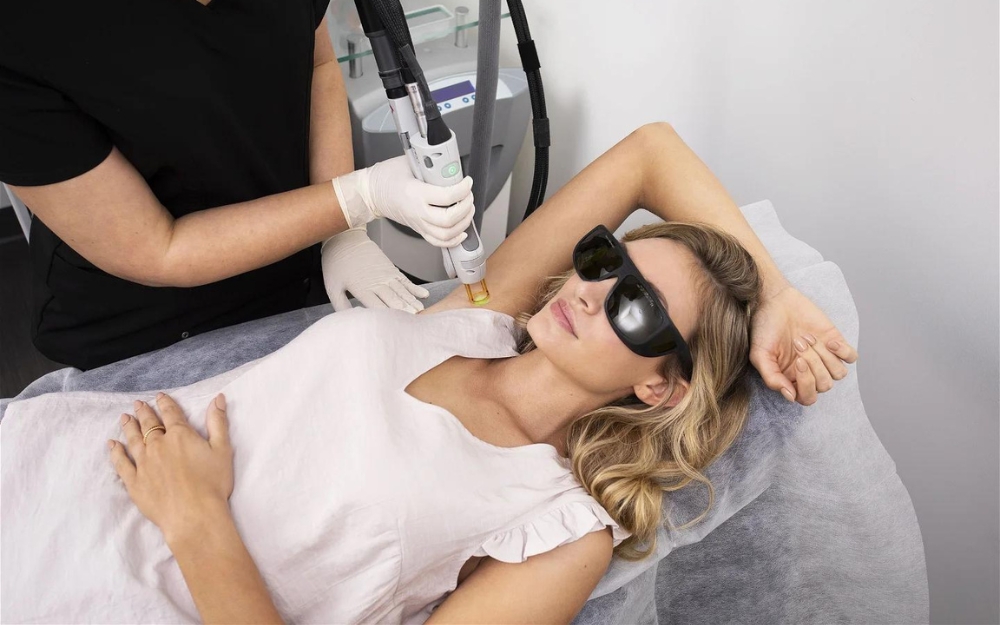We’ve all suffered a little skin irritation now and then; be it a product trial gone awry, hormonal breakout or eczema flare up.
We accept the fleeting irritation, apply our go-to concealer/moisturiser/distracting bright red lippie, and deal with it.
But when redness and infammation becomes a persistent and confidence-shattering problem, it can be hard to accept – but there is something you can do about it.
Now To Love spoke to Dermalogica‘s Head of Education and skin therapist of 30 years, Caroline Parker, for her advice on tackling redness and inflammation.
Tell us, what causes redness?
Redness is usually due to an inflammatory response in the skin, this can be triggered by a variety of things such as allergic reactions or skin injury or trauma, these typically cause relatively short term bursts of inflammation. In contrast skin conditions like eczema, dermatitis and rosacea can cause more chronic redness depending on how severe they are. Redness can also be due to dilated or damaged capillaries which give the skin a more ruddy look.
Is anyone prone to this?
Anyone’s skin can become inflamed, but some people are more genetically prone to having skin that flushes and blushes easily. They typically have a thinner more delicate skin and capillaries that are hyper reactive – at times even causing the skin to become red from minimal touch or friction. Allergies are often associated with this type of reactive skin as it produces histamine very easily.
What steps can we take to reduce the appearance of redness?
I think understanding your skin’s triggers for redness is a huge advantage. Where you can, try and avoid them (eg if you’re washing your face in the shower don’t use the water straight out of the shower head as it’s likely to be too hot). Inflammation makes our skin age more rapidly and can leave us with chronic inflammatory conditions like rosacea, so it is worth some lifestyle adjustments to reduce the risk of these. Reactive skin will have flare ups and then periods of relative calm so it can be really helpful to have a professional skin therapist guide and support you with how to manage your skin.
Look for products that are light weight. Gels or gel/cream textures are ideal as they’re instantly cooling and glide over your skin easily like Dermalogica’s Calm Water Gel. Some classic anti-inflammatory botanicals that are favourites in skin care formulations are lavender, chamomile, oat oil and evening primrose oil, but there are now cosmeceutical ingredients like peptides that help control the inflammatory response in our skin.
Where do we draw the line between simply having sensitive skin and needing to see a doctor or dermatologist?
I think when the redness starts to become more permanent or if there’s any pain associated with it then it’s time to discuss with a dermatologist or doctor as there could be some medication that will help. Also if your skin is making you feel unhappy or affecting your self-confidence then seek out some professional help.

Products to try:
The Now To Love team has tested the following products and recommends them for combating redness:
Dermalogica Calm Water Gel, $94
Go-To Skincare Face Hero, $49
PCA skin Anti-redness Serum, $63
Dermalogica UltraCalming Serum Concentrate, $106
If skin irritation is a persistent issue for you consider talking to your local GP or dermatologist about a skin treatment plan.




